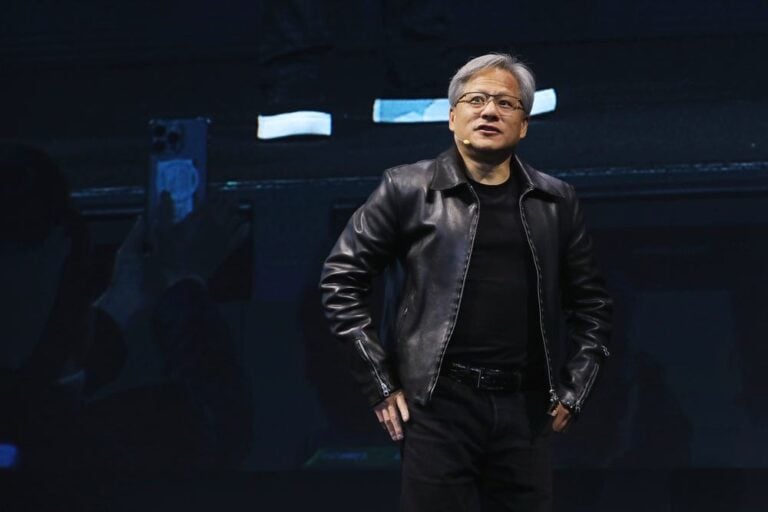Nvidia and TSMC have started mass production of Nvidia’s Blackwell chips in the US state of Arizona. Production is taking place at TSMC’s factory near Phoenix. It is the Taiwanese chip giant’s first facility on US soil.
Nvidia CEO Jensen Huang visited the factory to sign the first Blackwell wafer. This marked the start of production of what Nvidia sees as the engine of the next generation of AI systems.
The Phoenix factory currently produces chips using TSMC’s four-nanometer process. That is two generations older than the latest two-nanometer node, which will go into mass production later this year. Nevertheless, the Arizona factory is technically one of the most modern production sites in the US. Apple was the first customer and used the four-nanometer process to manufacture the A16 Bionic chip for the iPhone 14 Pro.
The Blackwell architecture itself introduces significant improvements over the previous Hopper generation. Nvidia has revamped the built-in Transformer Engine, a component optimized for running large language models. In addition, a new Decompression Engine has been added, designed to process database queries faster. The most powerful version, the Blackwell Ultra, delivers up to 15 petaflops of computing power for AI workloads. The architecture forms the basis for both data center GPUs and consumer chips, as well as the recently introduced DGX Spark workstations.
The Blackwell wafer forms the foundation for these chips and undergoes a complex manufacturing process of layering, patterning, etching, and cutting before being assembled into complete GPUs. For the latter, Nvidia is collaborating with Amkor Technology and SPIL in Arizona. These companies provide the so-called packaging, combining multiple chip components and HBM memory into a single physical product.
Nvidia expands production in the US
In addition to its collaboration with TSMC, Nvidia is also further expanding its US production capacity. In Texas, the company is working with partners on two new facilities where the DGX supercomputers will be assembled. These factories are expected to be operational within twelve to fifteen months. Nvidia intends to use its own AI, robotics, and digital twin technologies in the design and operation of the new locations.
For TSMC, the start of Blackwell production marks the next step in its US expansion. The company plans to build two additional factories in Arizona by the end of this decade. One of these will produce chips using the upcoming A16 process, the successor to the two-nanometer node, with improved power supply and nanosheet transistors.
